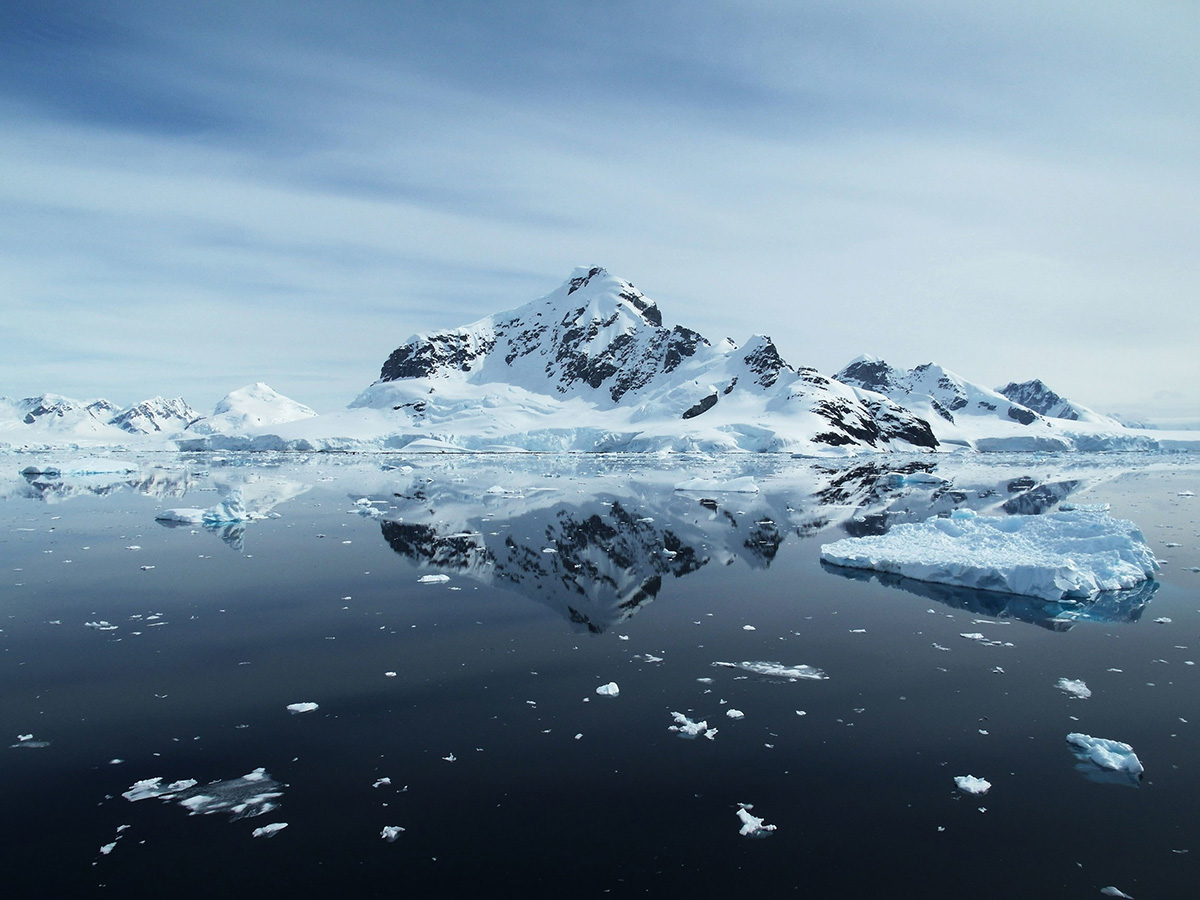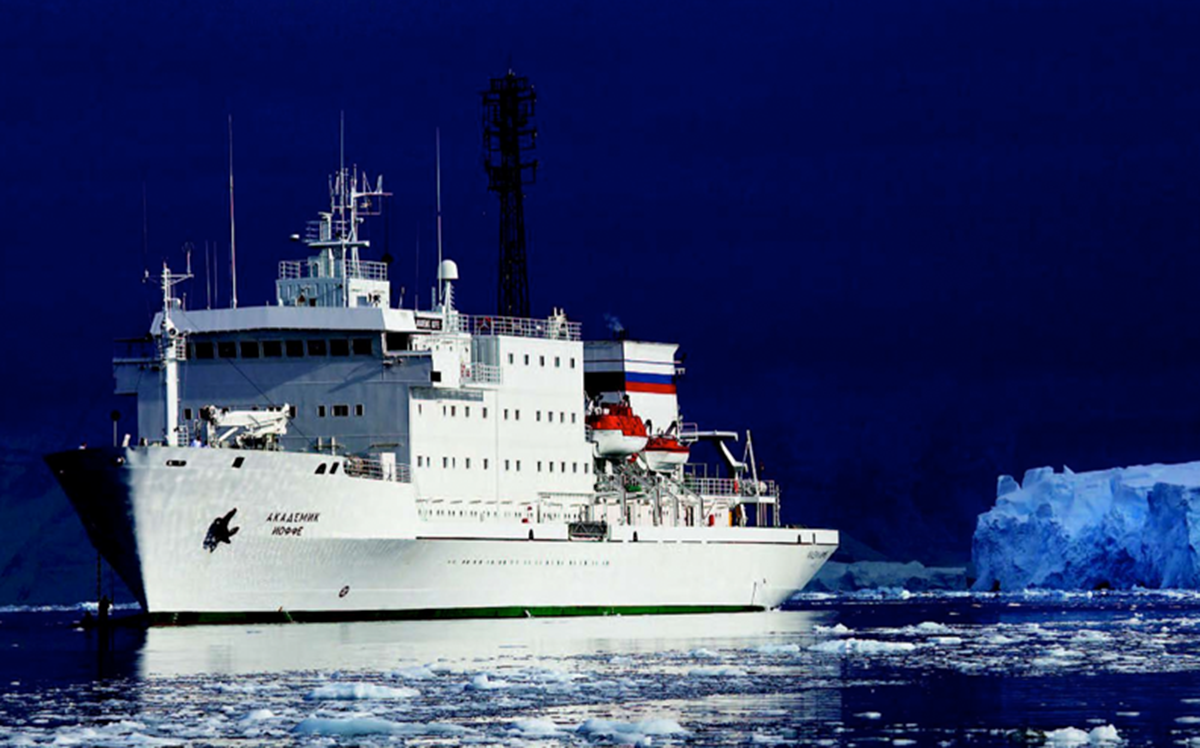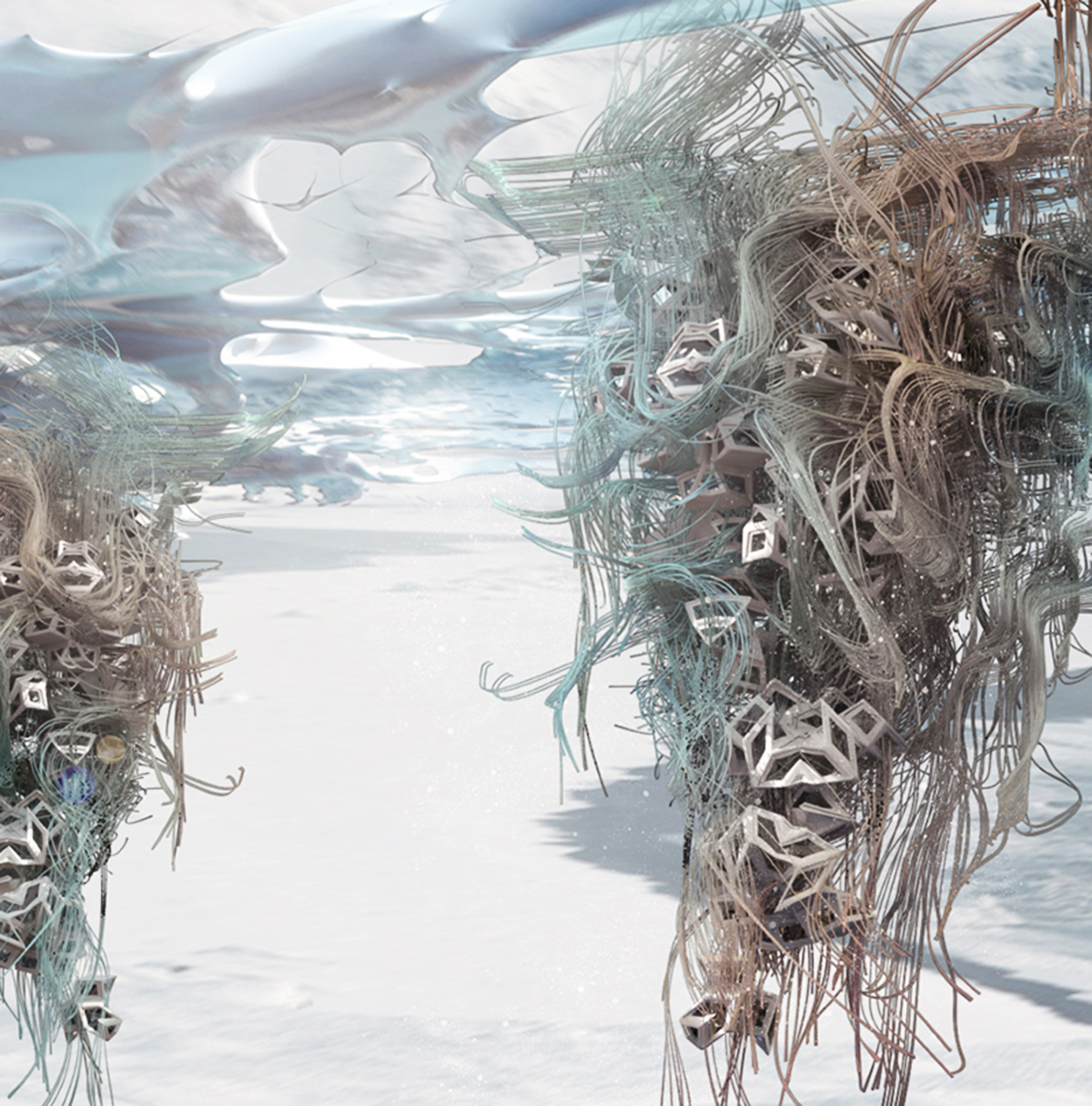Submitted by WA Contents
First Antarctic Biennale winners Sho Hasegawa and Gustav Dusing will visit Southern Continent
Antarctica Architecture News - Dec 15, 2016 - 14:07 14755 views

Japanese artist Sho Hasegawa and German architect Gustav Dusing were named as the winners of first Antarctic Biennale to make an expedition to Southern Continent in March 2017. Two names were announced as part of the newly launched interdisciplinary Antarctic Biennale, during the Art Basel Miami Beach this month.
Sho Hasegawa and Gustav Dusing will join a group of distinguished artists, scientists and visionaries on an expedition to the Southern Continent in March 2017 and realize their artworks. The winners and finalists were selected from a pool of over 500 applications, from 59 countries, by an independent jury comprising the Commissioner of the Antarctic Biennale, Alexander Ponomarev, and members of the Artistic Advisory Board – Hans-Ulrich Obrist, Hani Rashid, Sheikha Hoor al-Qasimi and Nadim Samman.

Image courtesy of Antarctic Biennale
The Antarctic Biennale is a new formation that investigates different exhibition models and explores Antarctica's cultural potential. The Biennale is the first of its kind and enhances boundaries of art as an international socio-cultural phenomenon - which uses artistic, scientific, and philosophic methodologies to address shared spaces such as Antarctica, the Ocean, and Outer Space.
The Biennale's vision is based on a unique community of people who are interested in reimagining the future of shared spaces, beginning with Antarctic culture as a model for global development. The Antarctic Biennale brings approximately 100 participants artists, researchers, and visionaries from all over the world — to explore and to think about a universal cultural future for Antarctica as a model of other ‘shared spaces’ as Ocean and Outer Space.

Image courtesy of Antarctic Biennale
Instead of usual national pavilions, the Biennale's model will run over an expedition starting from Ushuaia and to Paradise and Orne Harbours. Other routes include Cuverville Island, the Errera Channel, the Lemaire Channel, Pleneau Island, Petermann Island, Penola Strait, South Shetland Islands, Deception Island, Half Moon Island, Hannah Point or Yankee Harbour and Cape Horn. During the journey, the artists and researchers will have a few landings on the continent, visits to the scientific stations etc.

The Antarctic Biennale ship. Image courtesy of Antarctic Biennale
Biennale's expedition will be made via a huge ship named 'Antarctic Biennale Ship'-designed and built as a scientific research vessel in Finland in 1988, this 117-meter-long ship is modern, comfortable, safe, and ice-strengthened. The ship includes all the necessary public spaces for the planned discussion program and creative labs: presentation room, library, multimedia room, and lounge.
Throughout the biennale, there will be actions, performances, and debates on board the expedition vessel, the research ship Akademik Ioffe, which is conceived as a floating studio, conference and exhibition space. In addition, during landings at various Antarctic locations, artists will temporarily install works of art, or engage in performances.

Tomas Saraceno, Solar Bell L, 2013. Image courtesy of Antarctic Biennale
Mobility, site specificity, ecological compatibility, artistic expressiveness and conceptual acuity will condition these interventions. All installations created during the expedition will be dismantled and loaded back on the ship, for their lives to continue in the world’s leading museums and art centers. Some of the works of art will form the Antarctic Biennale collection.
Alexander Ponomarev is the commissioner of the Antarctic Biennale and advisory board features important names; Hans-Ulrich Obrist, Hani Rashid, Sam Keller, Nadim Samman and Sheikha Hoor Al-Qasimi.

Hani Rashid's Antarctica: Re-Cyclical. Image courtesy of Antarctic Biennale
First Antarctic Pavilion established in 2014 as an international interface of the Antarctic Biennale (with the support of the AVC Charity Foundation), the Antarctic Pavilion is the first ever supranational pavilion at the Venice Biennale. Hani Rashid presented his Antarctica: Re-Cyclical project at the the 15th Venice Biennale of Architecture, 2016. Antarctic Pavilion was located in Fondaco Marcello, San Marco 3415 (Calle dei Garzoni), Venice.
Top image: Antarctopia by Alexey Kozyr, Venice Architecture Biennale 2014. Image courtesy of Antarctic Biennale
> via Antarctic Biennale